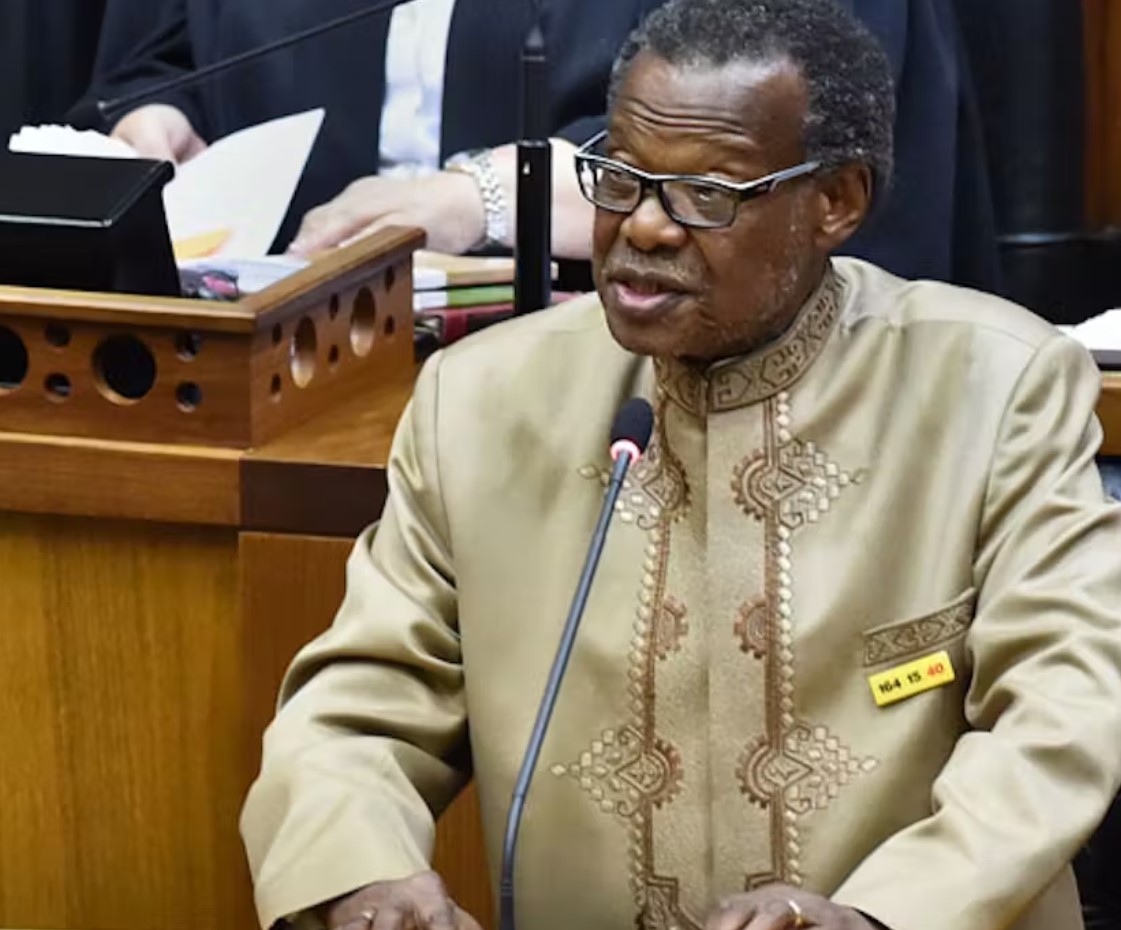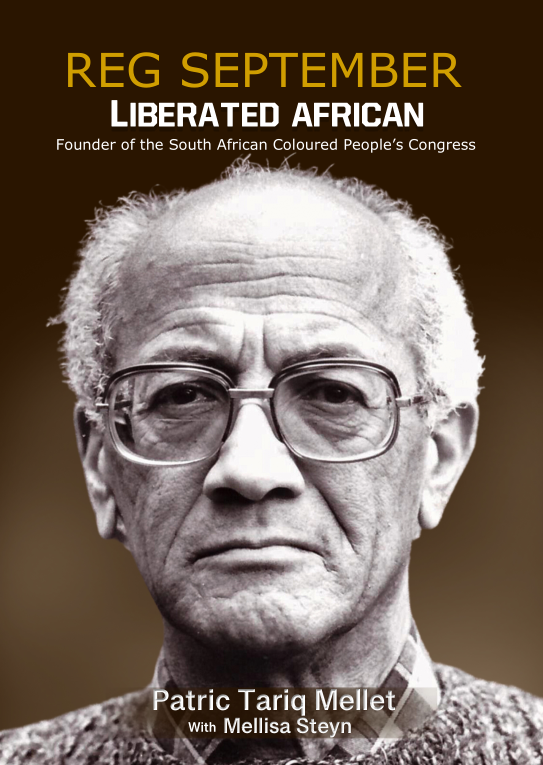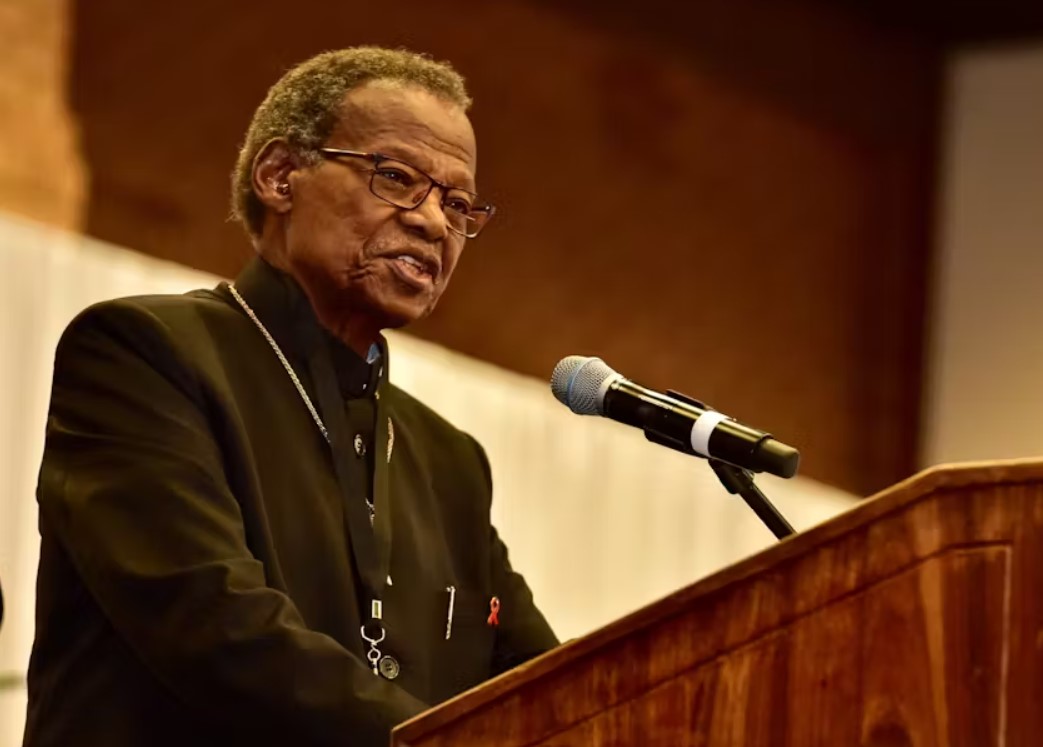Aziz Pahad: Rest in peace by David Kenvyn

I first met Aziz when I was a student at the London School of Economics. I met him through my involvement in the Anti-Apartheid Movement and the National Union of Students. He was, without a shadow of a doubt, one of the bravest, most inspirational and determined people that I have ever known. He was able to captivate both audiences and individuals with his passion, his practicality, his deep knowledge of his subject and his
Biedow Valley, Western Province
The beautiful, fertile Biedouw Valley that lies hemmed in by the Biedouw Mountains to the North and to the South, by the Tra-Tra Mountains, just 32 kilometers from Clanwilliam in the Cederberg. The Botterkloof Pass is a fairly substantial altitude gaining pass in the Northern Cape between Clanwilliam and Calvinia. It is the third of a trio of Passes on the R364 route for those travelling from West to East. In rainy weather or snowy conditions, this Pass can become very tricky; even in a 4WD vehicle! The Pass descends a total of 345m over a distance of 11,3 km this produces an average gradient of 1:33 with the steepest parts measuring in at 1:10. There are sections near the Summit with near vertical unguarded drop-offs, (this can be a bit intimidating for new drivers unaccustomed to feeling so exposed!) The more dramatic part of the Pass is in the first 2,5 km near the Summit.
The origins of the name of the Valley is probably due to the large number of Botterbome(Afrikaans meaning-Butter Tree), that grow in the Kloof. 'Tylecodon Paniculatus, can reach heights of around 2 meters, making it the largest of the 'Tylecodons'. (It is a Summer deciduous growing plant). These plants conserve energy by photosynthesizing through their greenish stems during the hot dry Summer Months. The yellowish-green, papery bark is a very attractive feature of this plant and has given rise to the common name. During the Winter, plants are covered with long, obovate, succulent leaves clustered around the apex of the growing tip. The Botterboom is poisonous to stock, causing 'krimpsiekte'. (Which is a disease affecting the muscular and nervous system of livestock and caused by the ingestion of these plants!) In the past, the smooth, slippery stems were sometimes used to slide or ski at great speed down smooth rock faces or dam walls, adrenaline rushes before the days of bungy jumping!
The essence of the Biedouw Valley is captured just after the rains, when it becomes endowed with an array of Spring flowers that capture the imagination of many a visitor here! Local farmers restrict their herds from grazing in the Valley during the flower season, to assist this amazing, 'floral picture'. At certain times of the year (basically August) a visit to the Spring Wild Flowers can be a real highlight for many visitors. This spring phenomenon is typically at its peak in mid August. (But it does depend on the rains!) After a good Winter of rain, the dry land of Agter-Pakhuis, can become a carpet of spring flowers!
During the Spring flower Season the Sevilla Rock Art Trail, from Clanwilliam which is a 5 km trail winds along the Brannewyn River and visits 9 sites of Rock Art Paintings.(the Link is provided in Further Reading). These were left behind by the San people, Usually the Sevilla Rock Art Tour, also explore the Bidouw Valley with: a picnic lunch; amongst the Beautifull flowers. (However if the timing of our flower tours doesn't suit you, you can also enjoy a self-drive tour over the Pakhuis Pass to the Biedouw Valley.
If you are booking late for the Spring flowers, you may find it hard to get accommodation, especially in Nieuwoudtville as there is very little accommodation available in this small Hamlet. Why not base yourself in Clanwilliam for 3 nights? You can do day trips to Nieuwoudtville, the Biedouw valley and the West Coast? Plus the circular drive to Nieuwoudtville via the Botterkloof and Van Reyn's passes is stunning! The best Spring flower displays are usually in early to late August. Not September as many people think! The Clanwilliam Flower Show is held at the end of August each year. It is usually the last weekend in August to the first weekend in September. This is a superb exhibition of all the flowers in the region!
https://www.mountainpassessouthafrica.co.za/find-a-pass/northern-cape/item/447-botterkloof-pass.html
https://www.places.co.za/accommodation/de-pakhuys-guest-farm.html
https://namibian.org/nature/plants/trees/southern-botterboom
http://www.scielo.org.za/scielo.php?script=sci_arttext&pid=S1019-91282013000100055
https://www.clanwilliam.info/clanwilliam-member-69.php
https://pza.sanbi.org/tylecodon-paniculatus
https://www.angoras.co.za/article/krimpsiekte-cardiac-glycosides
https://insideguide.co.za/cape-town/spring-flowers/
https://cederbergridge.co.za/portfolio/sevilla-rock-art-trail/
https://www.alltrails.com/trail/south-africa/western-cape/brandewyn-river-trail
Ulundi, Kwa-Zulu Natal, (also known as Mahlabathini)
Ulundi is also known as Mahlabathini. Ulundi Local Municipality is part of Zululand District Municipality. At one time Ulundi was the Capital of Zulu Kingdom, KwaZulu. It is very rich in Cultural, Historical and Wildlife experiences. This was to become a semi-independent, Bantustan, in South Africa. (By definition a 'Bantustan' was an Area set aside for African self-Government and eventual independence. ) The Capital was moved from Nongoma to Ulundi in 1980. This 'homeland' policy was designed to maintain White supremacy and strengthen the Government's Apartheid policy. By definition a 'Bantustan' was an Area set aside for African, self-Government and eventual independence. Later the word Bantustan was replaced by the less offensive but inaccurate term 'Homeland'. Many people had over the years abandoned their ethnic regions and made their homes elsewhere in South Africa.
Ulundi now lies in KwaZulu-Natal Province (of which, from 1994 to 2004, it alternated with Pietermaritzburg as the Provincial Capital). The Town now includes amongst other facilities: 'Ulundi Airport; a three-star Hotel and some Museums..'. In the 2001 Census the Population of the Town as recorded as 18,420.
Addressing close to 10 000 mourners at the memorial service of Buthelezi, was IFP Mayor of King Cetshwayo District Municipality, Councillor Thami Ntuli. Ntuli, is also the IFP, Provincial Chairperson. Ntuli, called for the erection of 'Buthelezi’s Statue', to honour him. Police Minister Bheki Cele meets with the IFP’s, Mkhuleko Hlengwa, on a site visit at the Stadium, in Ulundi. This was ahead of Prince Mangosuthu Buthelezi's funeral, on Saturday the 16th of September 2023. In 1951 the first stage of the policy of Bantustan or Homelands, was implemented. Black Local Authorities were set up in designated Areas. These soon met with bitter opposition from the Locals because the Chiefs and Headmen, that had been selected had very little real autonomy. Later they were promptly disposed of and replaced, when they did not cooperate with Government Officials. Resistance to this system was particularly forced in Pondoland, the Transkei and Sekhukhuneland.
In 1959, the second step was taken with the passing of Bantu Self-Government Act. Eight Areas were thereby designated according to reference of birth place or cultural background. This caused: "a racially and ethnically diverse society". Once this status had been attained it was envisaged that full independence would soon be granted. In 1963 the Transkei became the first Homeland to achieve Self-Government. Many people had however over the Years, abandoned their ethnic regions and made their homes elsewhere in South Africa.
Mangosuthu Buthelezi: the Zulu nationalist who left his mark on South Africa’s history

Mangosuthu Gatsha Buthelezi played a prominent role in South African politics for almost half a century.

